Home / Albums / The Middle Ages 206

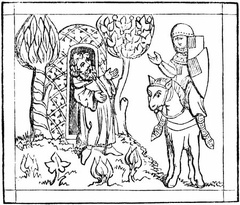 Sir Launcelot and a Hermit
Sir Launcelot and a Hermit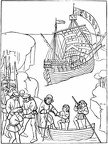 Ship of Richard Earl of Warwick
Ship of Richard Earl of Warwick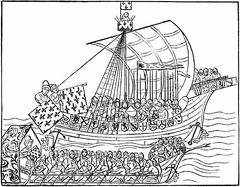 Ship and Galley
Ship and Galley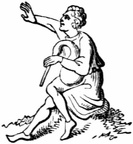 Shepherd with Bagpipes
Shepherd with Bagpipes Saxon Soldiers
Saxon Soldiers Saxon Soldier, in Leather Armour
Saxon Soldier, in Leather Armour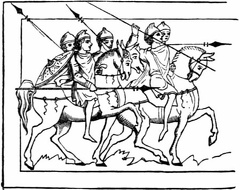 Saxon Horse Soldiers
Saxon Horse Soldiers Saxon Band of Minstrels
Saxon Band of Minstrels Saint Dominic and Saint Francis
Saint Dominic and Saint Francis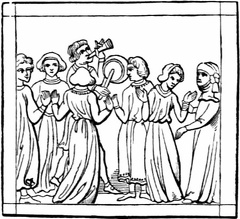 Rustic Merry-making
Rustic Merry-making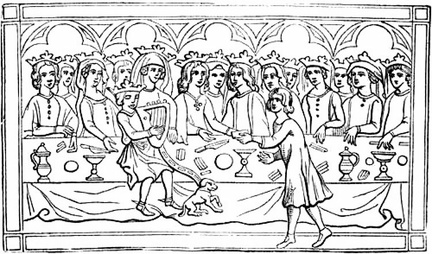 Royal Harper
Royal Harper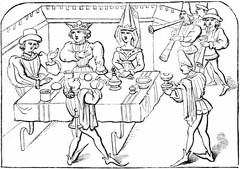 Royal Dinner of the time of Edward IV
Royal Dinner of the time of Edward IV Robert Braunche,of Lynn
Robert Braunche,of Lynn Regals or Organ
Regals or Organ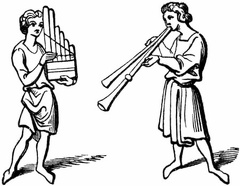 Regals and Double Pipe
Regals and Double Pipe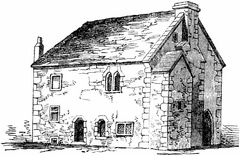 Rectory House, West Deane, Sussex
Rectory House, West Deane, Sussex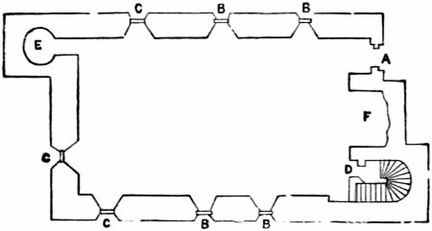 Rectory House, West Deane, Sussex - plan
Rectory House, West Deane, Sussex - plan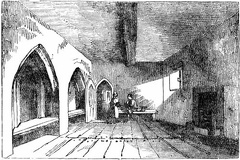 Reclusorium, or Anchorhold, at Rettenden, Essex
Reclusorium, or Anchorhold, at Rettenden, Essex Quilted Armour
Quilted Armour Saxon soldier in armour
Saxon soldier in armour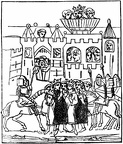 Preliminaries of Combat in Green Court of Castle
Preliminaries of Combat in Green Court of Castle Preliminaries of a Combat
Preliminaries of a Combat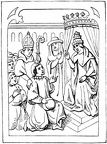 Pope, Cardinal, and Bishop
Pope, Cardinal, and Bishop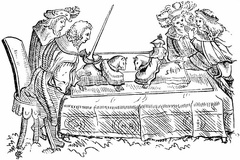 Playing at Jousting
Playing at Jousting Pilgrim
Pilgrim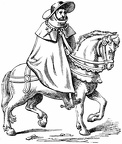 Pilgrim on Horseback
Pilgrim on Horseback Pilgrim Monk
Pilgrim Monk Pilgrim in Hair Shirt and Cloak
Pilgrim in Hair Shirt and Cloak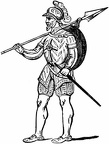 Pikeman
Pikeman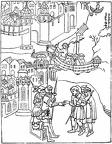 Passengers paying Toll
Passengers paying Toll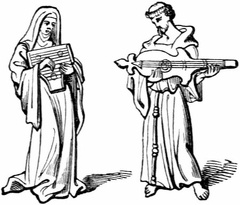 Nun and Friar with Musical Instruments
Nun and Friar with Musical Instruments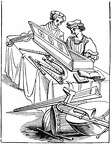 Musical Instruments of the 15th Century
Musical Instruments of the 15th Century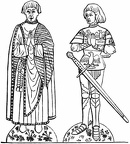 Monumental Brass of Alderman Field and his Son, a.d. 1474
Monumental Brass of Alderman Field and his Son, a.d. 1474 Monks and Lawyers in Chapter-house
Monks and Lawyers in Chapter-house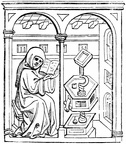 Monk in Scriptorium
Monk in Scriptorium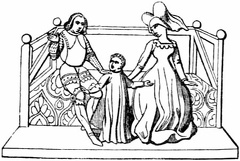 Bringing up a youth in the middle ages
Bringing up a youth in the middle ages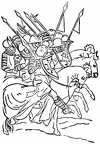 Men-at-Arms, Fourteenth Century
Men-at-Arms, Fourteenth Century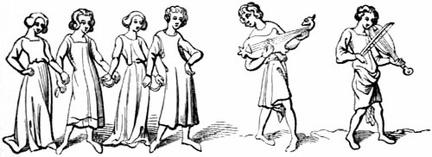 Mediæval Dance
Mediæval Dance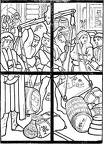 Marchands en Gros, Fifteenth Century
Marchands en Gros, Fifteenth Century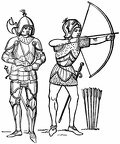 Man-at-Arms and Archer of the Fifteenth Century
Man-at-Arms and Archer of the Fifteenth Century Lydgate’s Pilgrim
Lydgate’s Pilgrim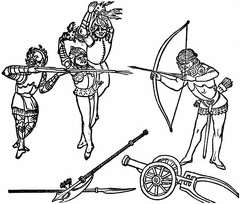 Long-bow, Arquebus, Cannon, and Greek Fire
Long-bow, Arquebus, Cannon, and Greek Fire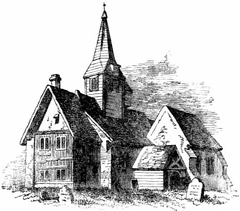 Laindon Church, Essex
Laindon Church, Essex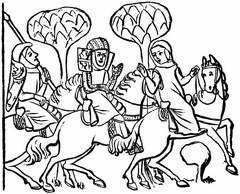 Lady, Knight, and Squire
Lady, Knight, and Squire Knights, Damsel, and Squire
Knights, Damsel, and Squire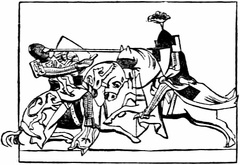 Knights Justing
Knights Justing Knight of the latter part of the Thirteenth Century
Knight of the latter part of the Thirteenth Century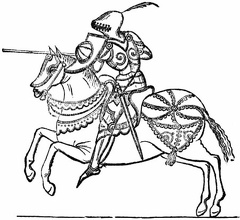 Knight of the Fifteenth Century
Knight of the Fifteenth Century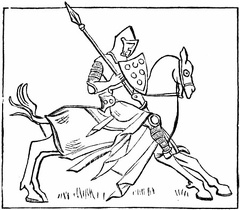 Knight of the end of the Thirteenth Century
Knight of the end of the Thirteenth Century Knight and Men-at-Arms
Knight and Men-at-Arms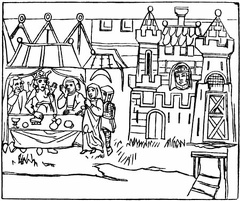 King, &c., in Pavilion before Castle
King, &c., in Pavilion before Castle Julius Cæsar crossing the Rubicon
Julius Cæsar crossing the Rubicon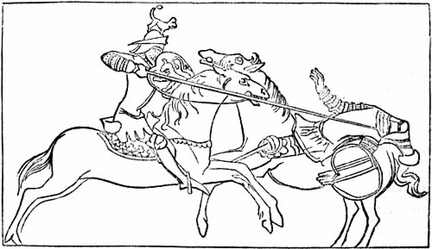 Jousting
Jousting John of Eltham
John of Eltham John Fortey
John Fortey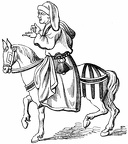 John Ball, Priest
John Ball, Priest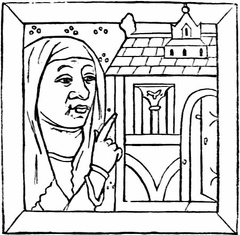 Johanna de Warn
Johanna de Warn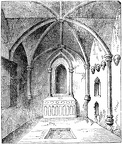 Interior View of St. Robert’s Chapel
Interior View of St. Robert’s Chapel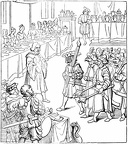 Imperial Banquet
Imperial Banquet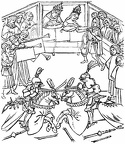 How a mighty Duke fought Earl Richard for his Lady’s sake
How a mighty Duke fought Earl Richard for his Lady’s sake



